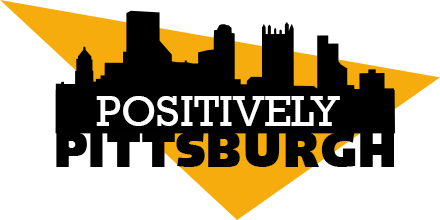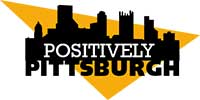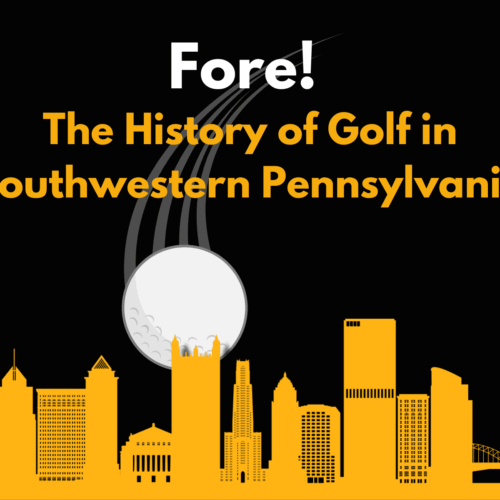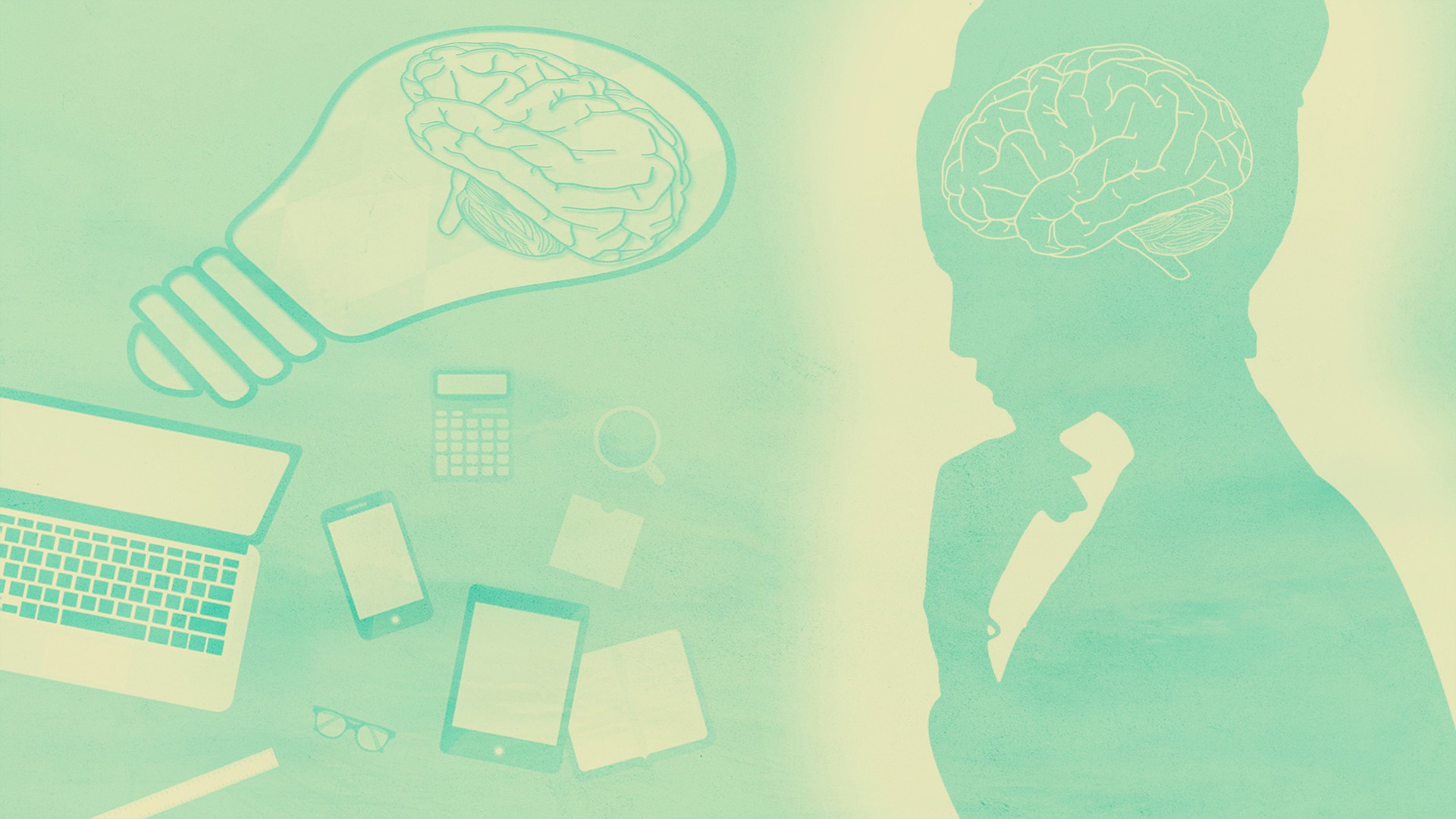
Pittsburgh Inventors: The City and its Geniuses
April 18, 2023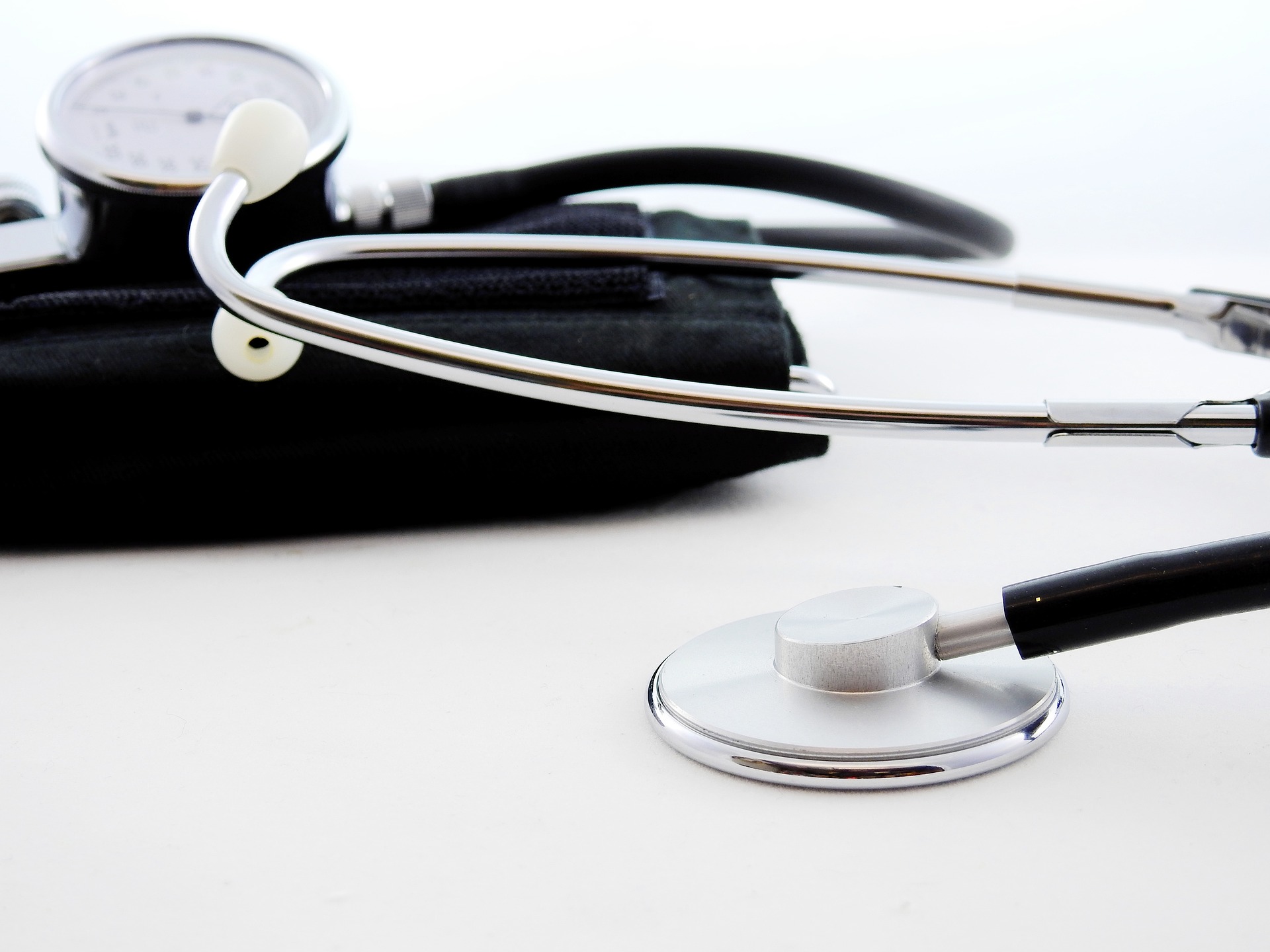
Tips to Maintaining a Healthy Blood Pressure
May 5, 2023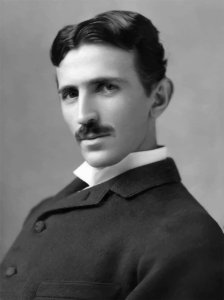
Nikola Tesla
Westinghouse is a prominent part of Pittsburgh’s history, but did you know that part of his success comes from working with Nikola Tesla? Some might argue that Tesla was instrumental to Westinghouse’s success. But who was Tesla, and what exactly did he do while he was in Pittsburgh? Keep reading to find out.
A Child Bound for Electricity
Nikola Tesla was born in Smiljan, Croatia, on July 10, 1856. It’s rumored that he was born during a strong thunderstorm, to which his mother said he would be a child of the light, according to W. Bernard Carlson in his book Tesla: Inventor of the Electrical Age. She knew her child. His father, an Orthodox priest, hoped that Tesla would follow in his footsteps. His mother ran the household and also had her hand in inventing. Tesla stated in his autobiography that his mother came from a long line of inventors. At a young age, Tesla showed an aptitude for innovation. He spent his time creating contraptions, such as a flying machine and a water wheel, and discussing how he would harness the power to produce electricity.
Hard Times for a Young Tesla
Unfortunately for Tesla, his childhood was not an easy one. He witnessed his brother’s death after a horse riding incident at seven years old. The tragedy left an indelible impact on his life. Shortly after, he began to have visions and claimed to see mystical beings. Whether these visions were a sign of a mental health condition is unknown. Carlson mentions in his book that Nikola also suffered from obsessive-compulsive disorder.
Tesla’s father had wanted his son to join the priesthood like him. He pressured Tesla to follow the family tradition of the clergy, and according to Tesla’s autobiography, he “resigned myself to the inevitable with aching heart.” Shortly after accepting his fate, a cholera epidemic broke out, and he was bed stricken with the illness. He was in bed for nine months. During that time, his health faded to the point that they thought he would die. His father was in the room, and according to Tesla’s accounts, he said, “I may get well if you will let me study engineering.” His father agreed, telling him he would go to the best engineering school in the world. And in Tesla’s words, “I came to life like another Lazarus….” And just like that, we have cholera to thank for alternating current electrical systems, x-rays, and what eventually became radio.
Tesla and Westinghouse
Later in life, Tesla found himself in the United States. In 1884, Tesla joined the Westinghouse Electric & Manufacturing Company based in Pittsburgh. He conducted experiments at the Westinghouse facility and at his laboratory in nearby Allegheny City.
During that time, he was working to develop alternating current (AC) electrical systems, which were in stiff competition with Thomas Edison’s direct current (DC) systems. This became what was known as the “Current Wars.” But it wasn’t just AC electrical systems that he was working on while in Pittsburgh. During his time here, Tesla worked on many projects, including inventing the induction motor, high-frequency electrical currents, wireless telegraphy — leading to modern radio and wireless communication technologies — and x-ray technology. This work led to his development of transformers and resonant circuits.
A Keen Mind, But a Life Fraught with Tribulations
Telsa didn’t only make technical contributions to the field in Pittsburgh; he also filed several patents, including patents for improvements to arc lamps and electrical transmission systems. Despite his significant achievements, Tesla faced financial challenges and was not always able to fully capitalize on his inventions, leading to financial struggles while he was in Pittsburgh and throughout his career.
His time in Pittsburgh was a crucial period in his life and career, during which he made groundbreaking contributions to electrical engineering and helped shape the modern electrical power industry.
